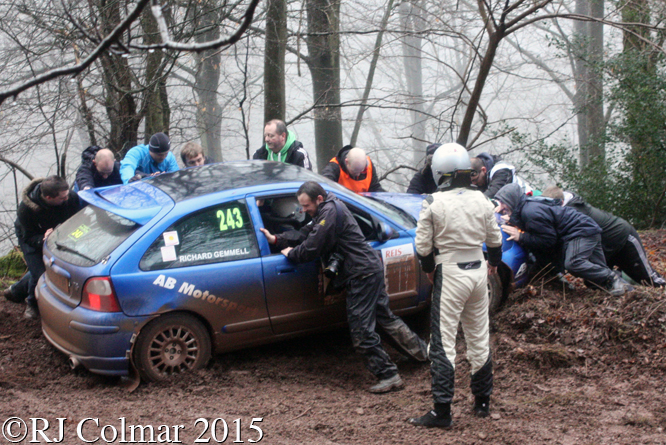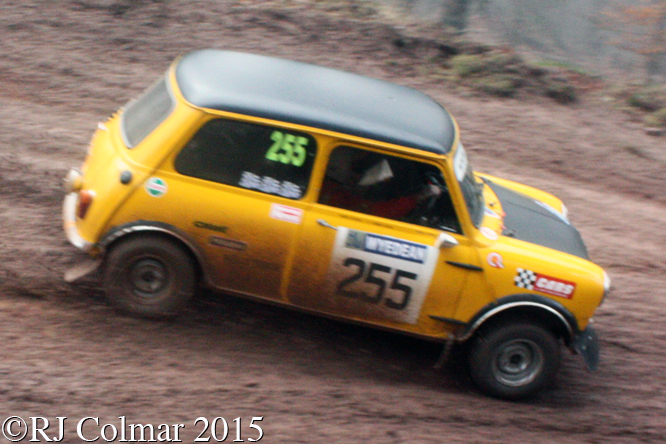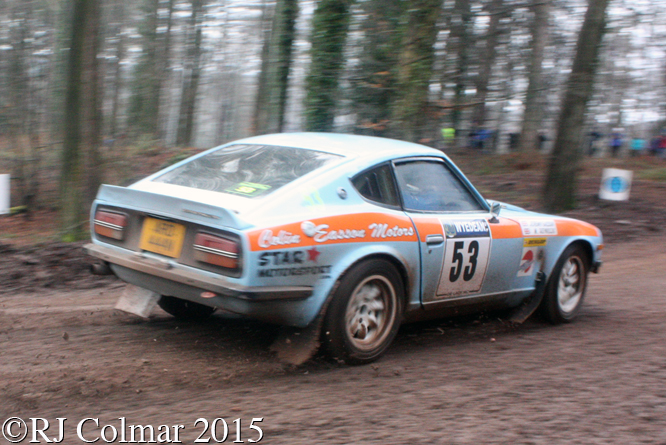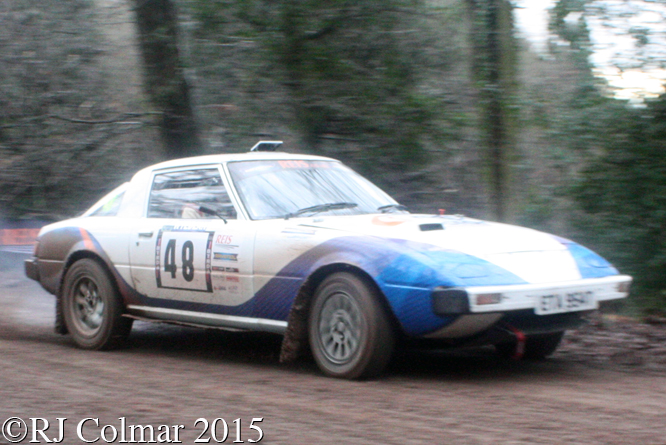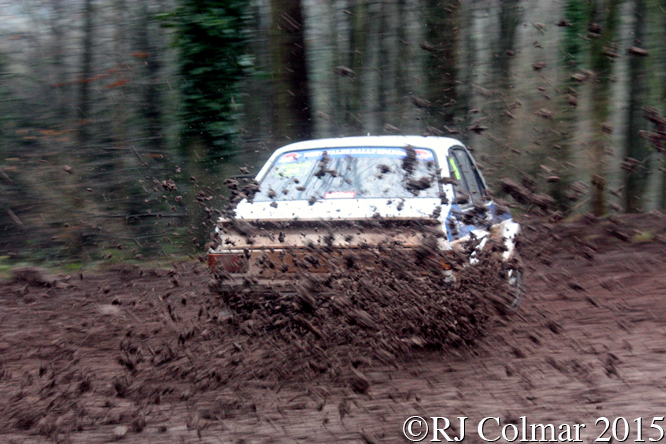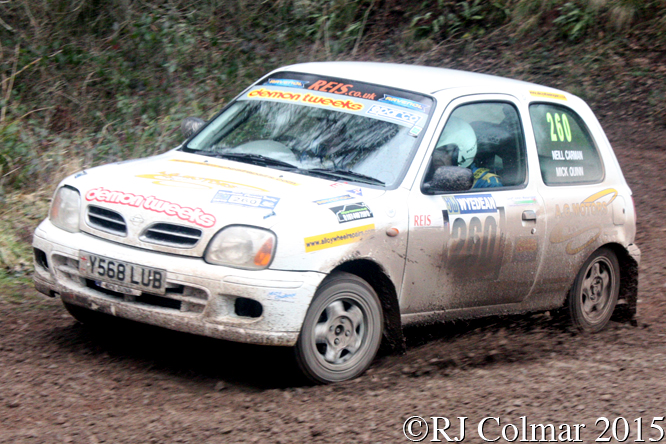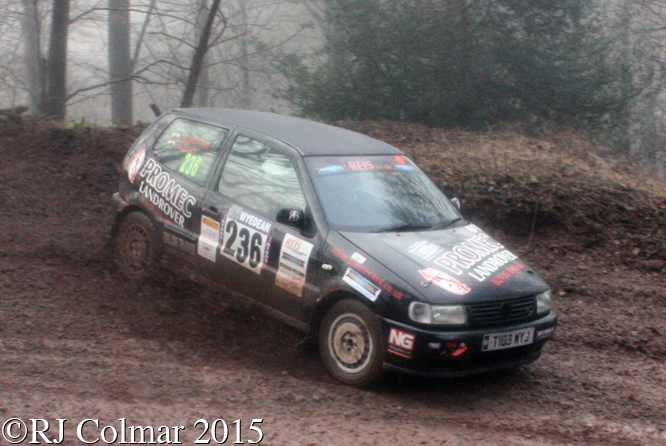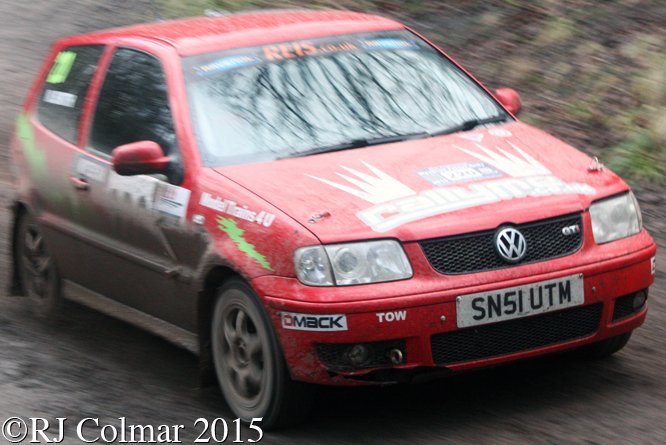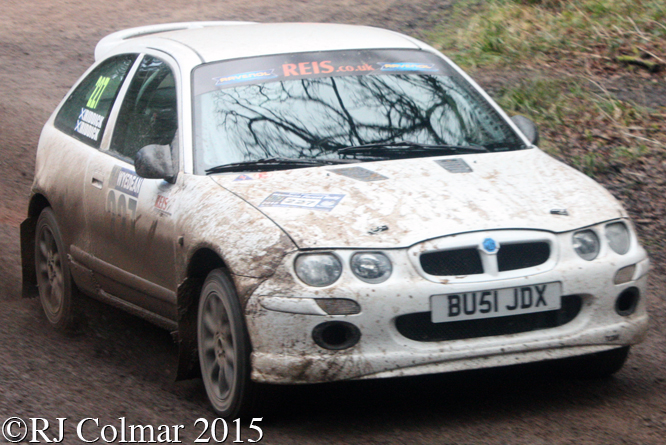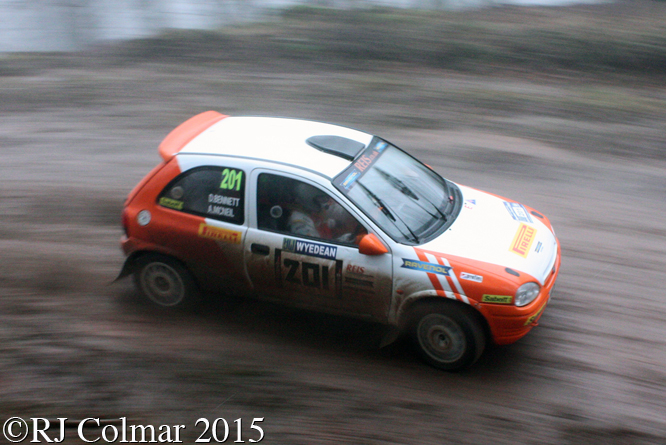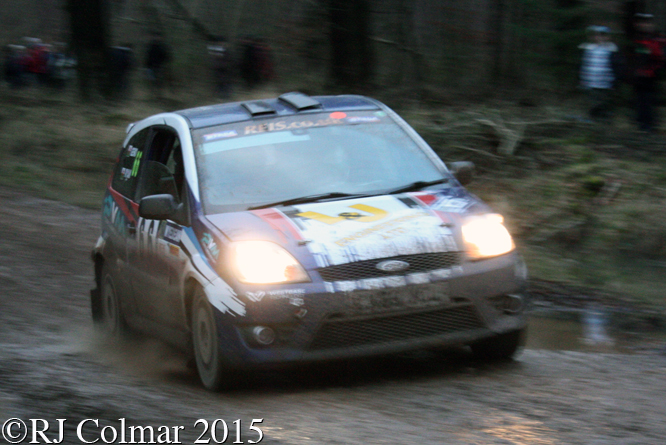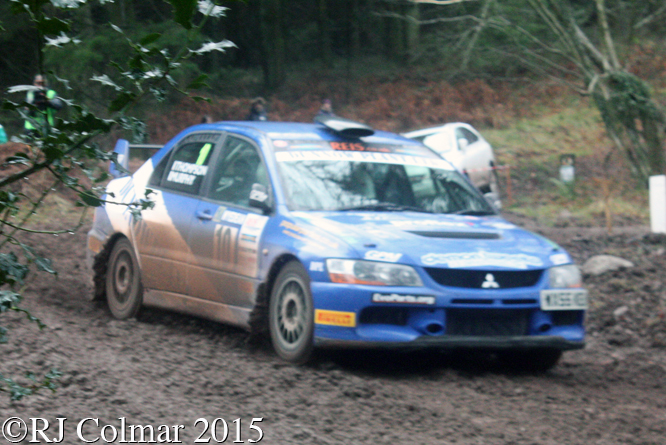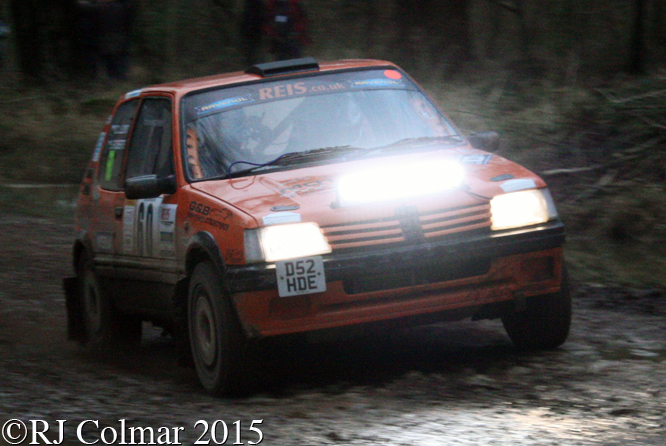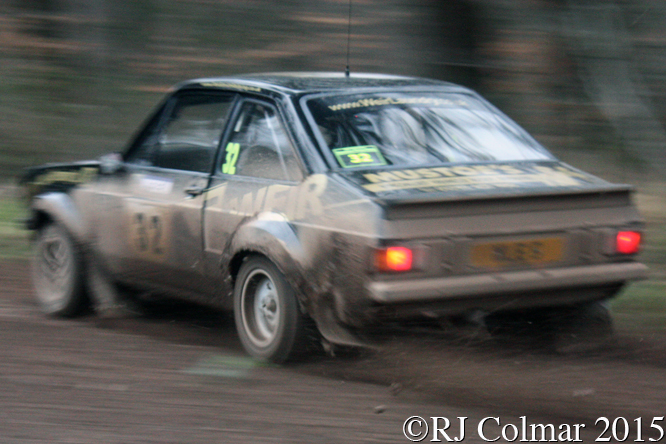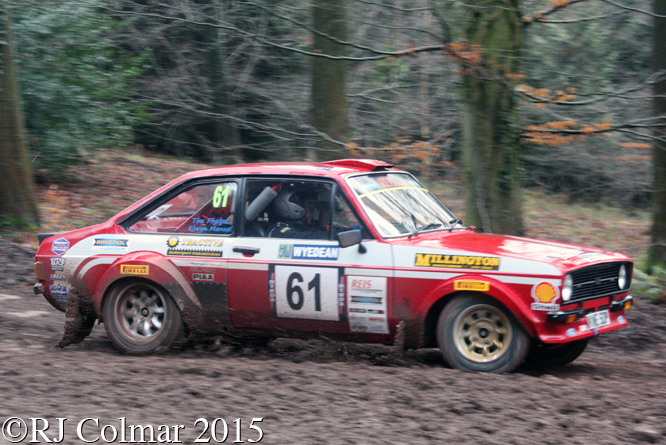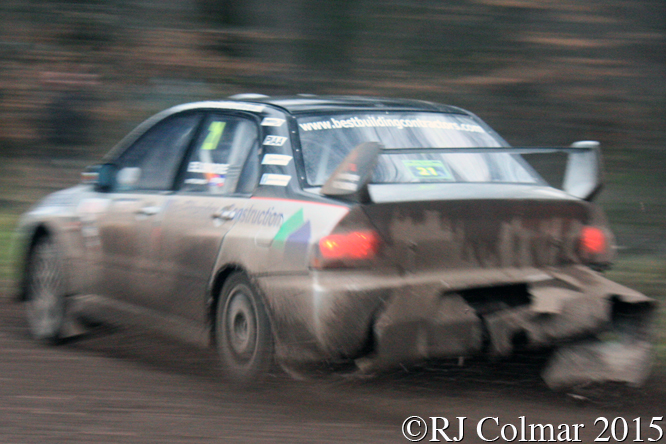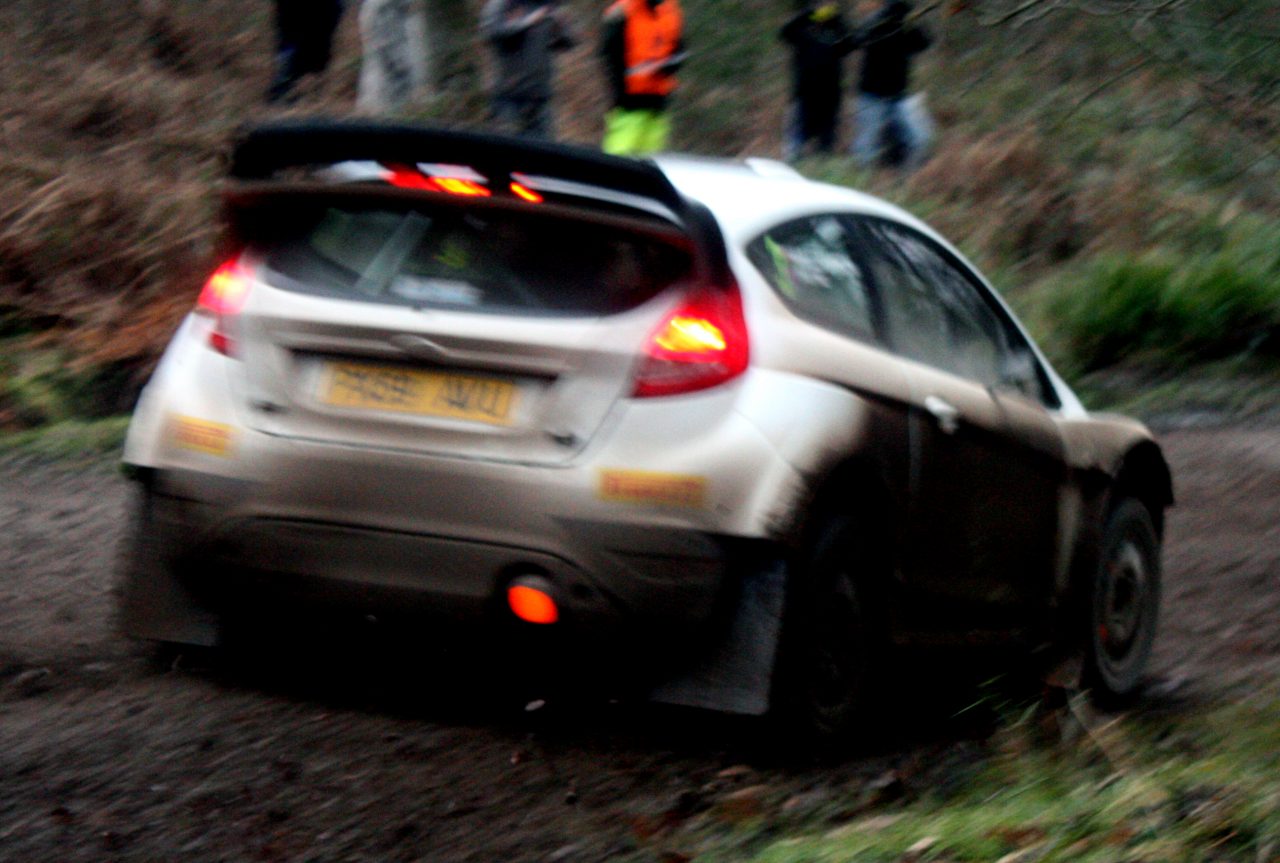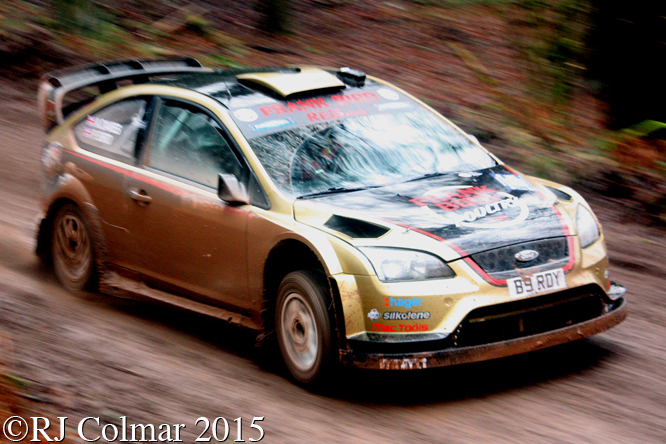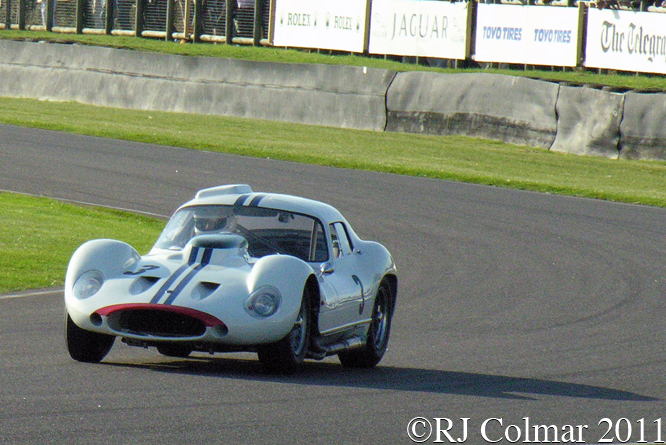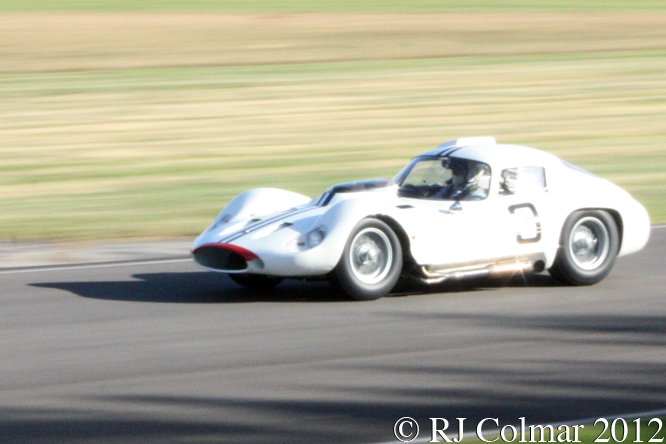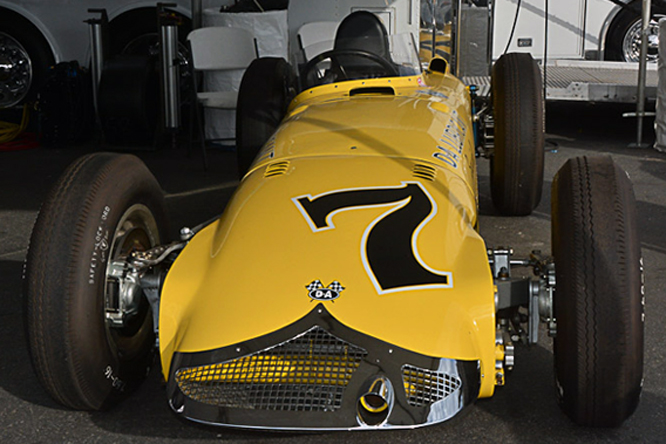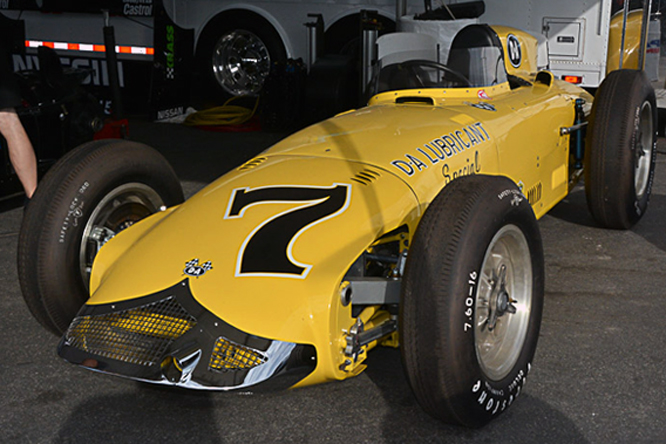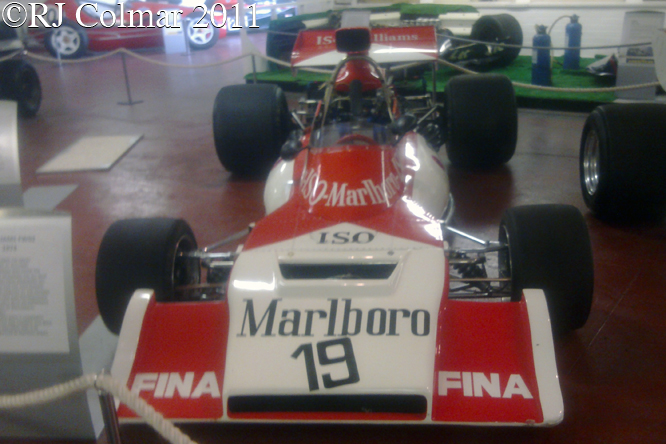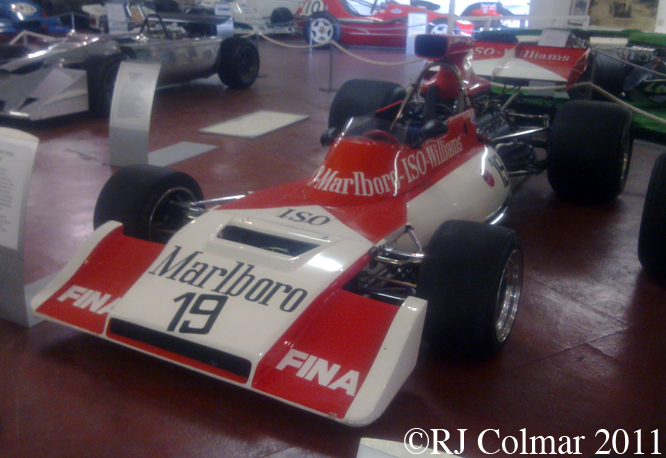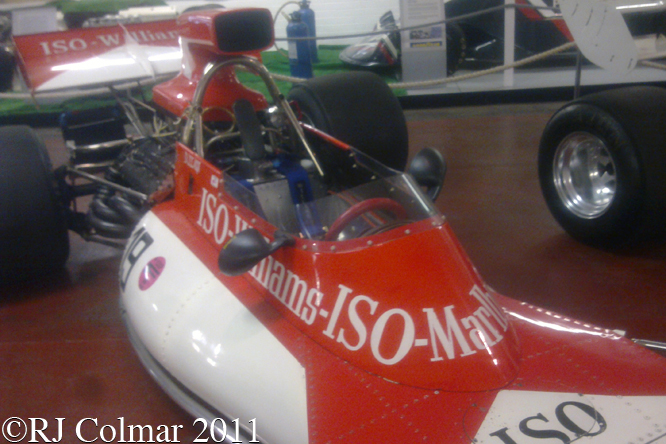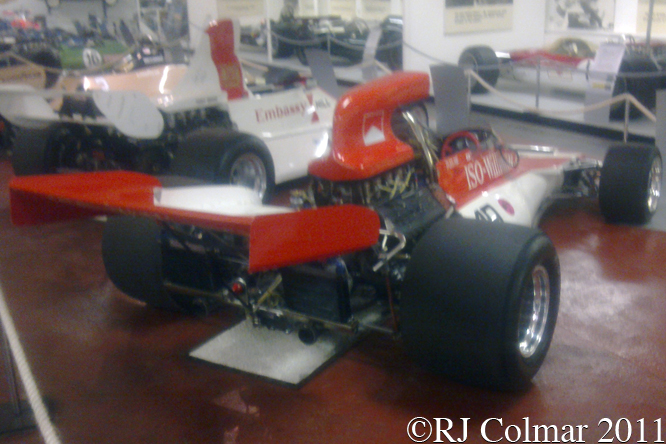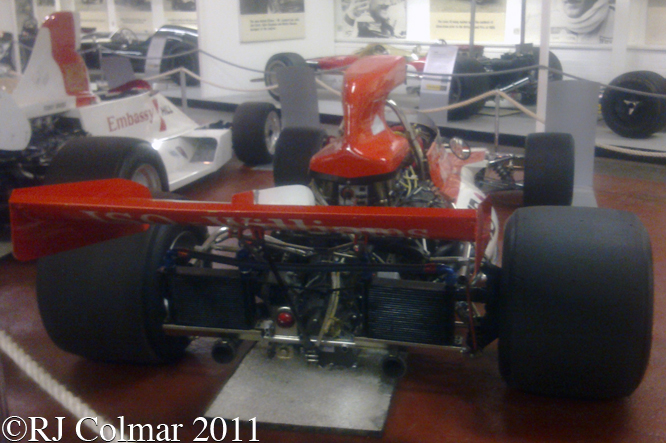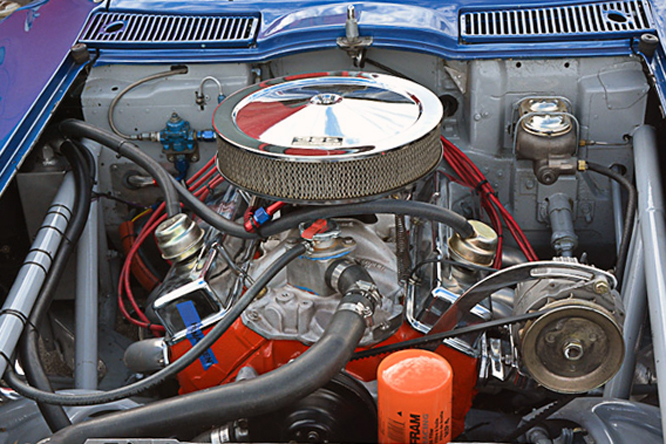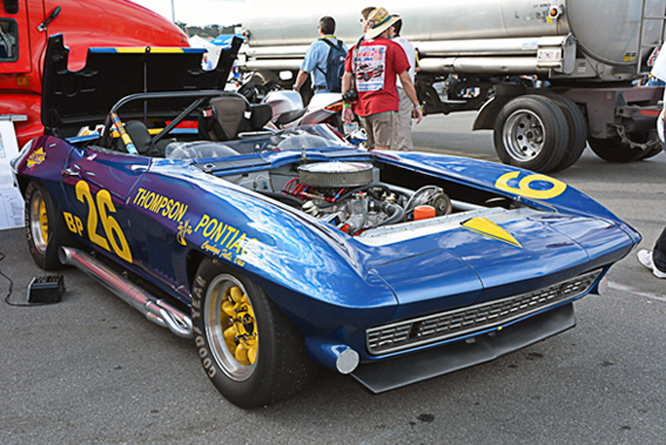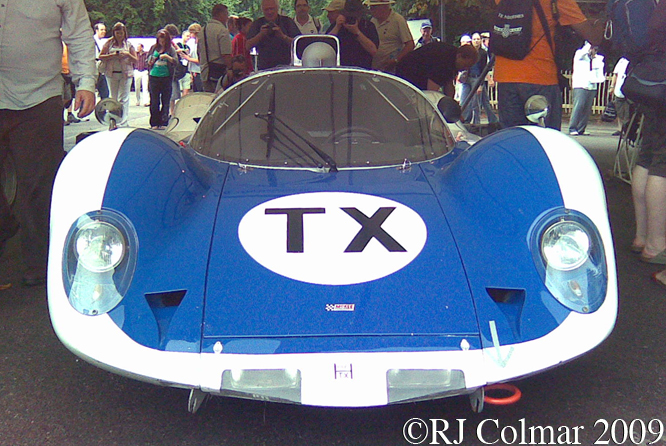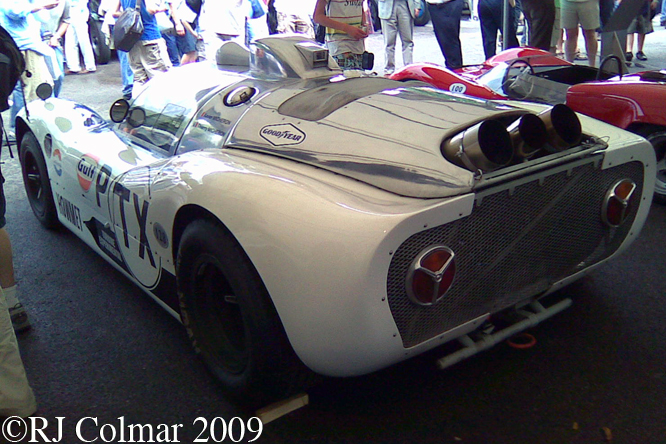Queen Elizabeth the II’s cousin born seventh in line to the British throne on the 4th of July, Michael George Charles Franklin, is better known as HRH Prince Michael of Kent.
From 1961 to 1981 Prince Michael served his country after training at Sandhurst he was commissioned into the 11th Hussars (Prince Albert’s Own) who’s motto is Death of Glory.
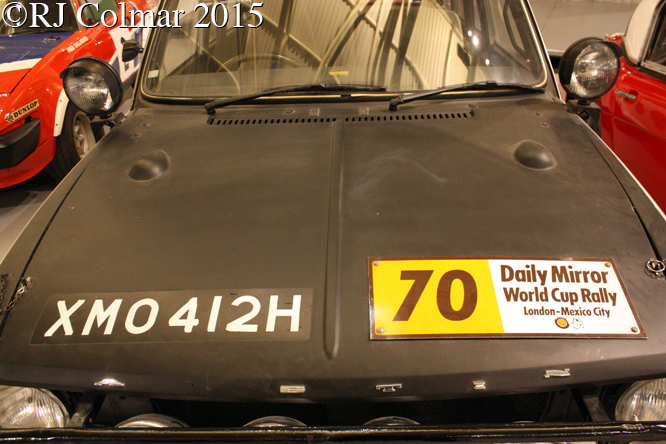
The ADO 14 Austin Maxi was the first all new model to be launched by the newly merged British Leyland in 1969, it was also the last production design to come to fruition by the Grecian British designer Sir Alexander Arnold Constantine Issigonis who’s CV included the designs for the Morris Minor, the BMC Mini, BMC ADO 16 1100/1300 series cars, and BMC ADO 17 1800/2200 series cars, like the 1100, and 1800, models the Maxi featured a transverse mounted engine powering the front wheels and hydrolastic suspension.
Organisers of the 1970 Daily Mirror World Cup Rally which was to run 15,000 miles through Europe, Southern and Central America from London to Mexico received entries for four Austin Maxi’s, two for cars crewed entirely by ladies.
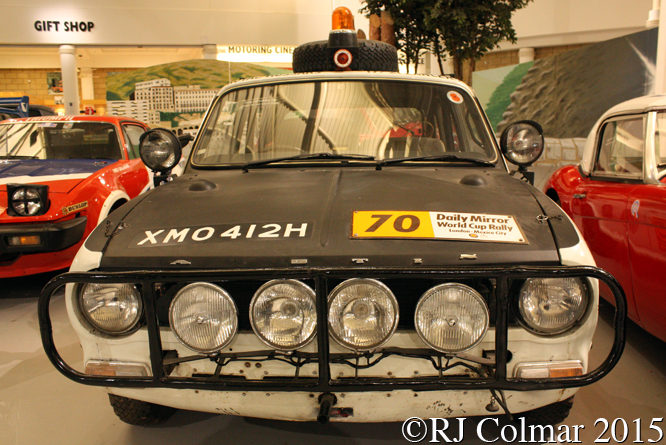
The Royal Hussars & 17th/21st Lancers entered today’s featured Maxi that was to be crewed by Captains; HRH Prince Michael of Kent, who like Alec Issigonis lays claim to Grecian ancestry, Capt. Gavin Thompson and Capt. Nigel Clarkson.
With some support from the Leyland works team this Maxi unlike regular production Maxi’s has a welded up hatch back tailgate to give the body additional rigidity and a rudimentary aluminium boot / trunk lid has fitted with even more rudimentary hinges.
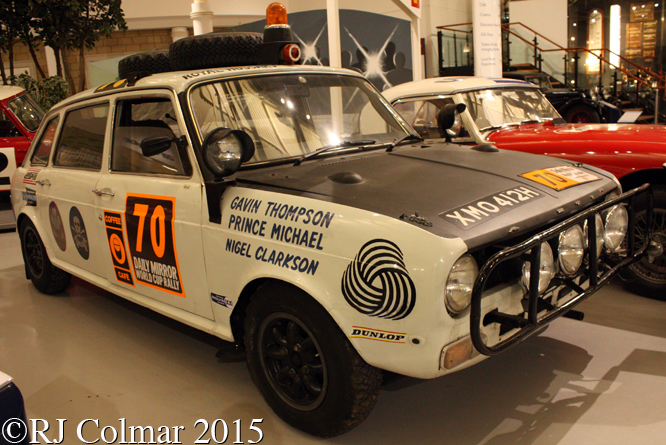
Like wise the sheet steel door skins, shared with the 1800 Landcrab series, have been replaced with aluminium panels to save weight and the steel bonnet / hood was replaced with a glass fibre example with two non standard fairings to accommodate the non standard twin SU carburetors.
As I understand it both the two works Maxi’s and the two private entries were fitted with the smaller 74 hp 1500 cc / 91.5 cui 4 cylinder motors although now this and the surviving Marshalls of Cambridge example appear to have the larger 1750 cc / 106 cui motors fitted.
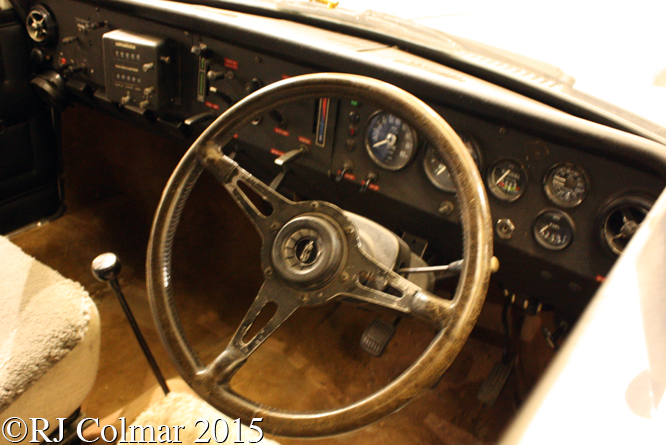
The motors will have been detuned with lower compression ratio’s to cope not only with the poorer quality fuels available along the route, but also the altitudes on the South American legs which reached 15,000 feet where even some of the crews had to be given oxygen.
Alf Ramsey, later Sir, the England football team manager who had overseen England’s one and only World Cup win in 1966 returned to the scene of his greatest victory to flag off the eventual 96 starters from Wembley Stadium on the 19th of April 1970.
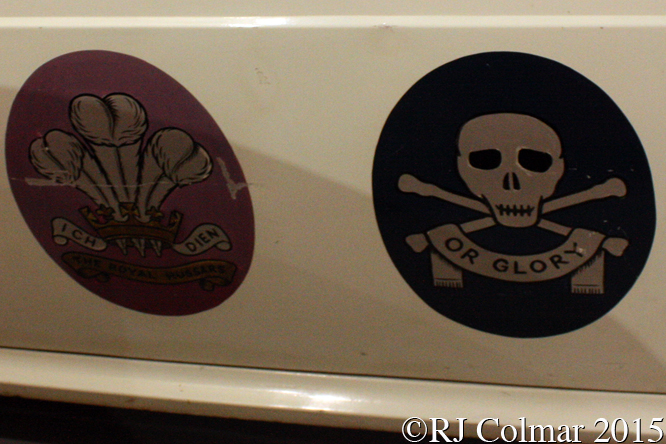
The 4,500 mile European leg of the Daily Mirror World Cup Rally initially headed east across the the continent through Munich in Germany, Austria, Hungary, Yugoslavia as far as Sofia, Bulgaria.
From Sofia the route headed South East through Italy to Monza through France and Spain to Lisbon in Portugal where the surviving crew’s caught a boat across the Atlantic to Rio de Janeiro in Brazil.
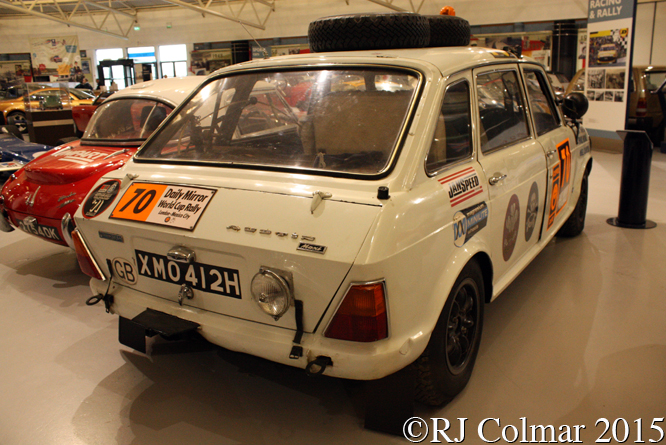
Up to this point the three Captains were looking good and made it to Lisbon with 70 other surviving crews on the 25th of April in time for the Atlantic crossing to Brazil aboard the SS Derwent.
12 days later on the 8th of May the three Captains were flagged off in their #70 Maxi for the 12,000 Southern and Central American leg of the event from down town Rio de Janeiro.
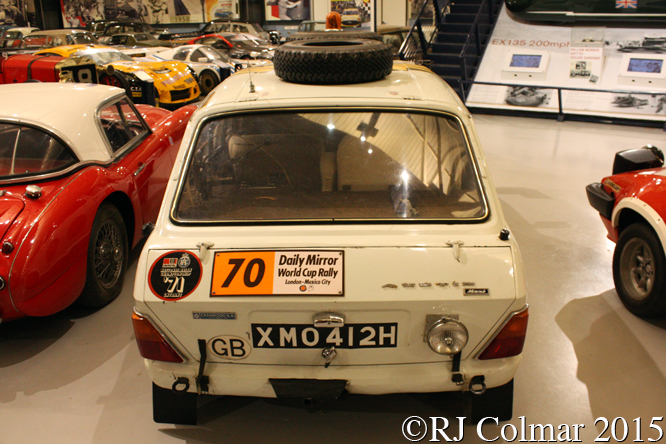
10 miles from the start at Ltuporanga, the #70 Maxi with the three Captains aboard left the road and with smashed drive shafts were left with no alternative but to withdraw.
The two works entered Maxi’s made it to the finish with the #74 London Evening Standard sponsored Maxi crewed by Rosemary Smith, Alice Watson and Gina de Rolland classified 10th behind the Winners Ford Escort crewed byHannu Mikkola and Gunnar Palm.
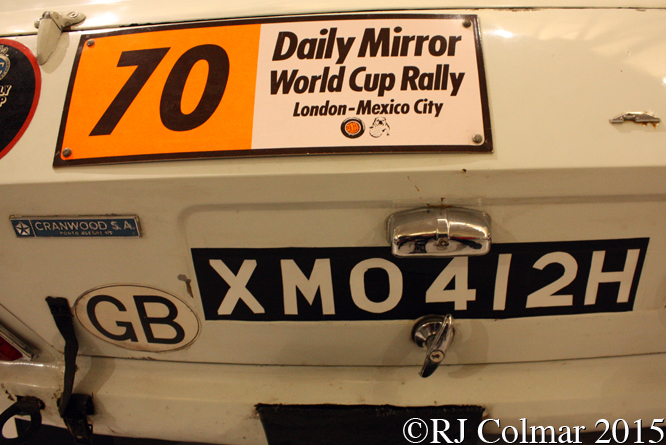
The #96 British Leyland / Autocar sponsored entry crewed by Terry Kingsley, Peter Evans, Michael Scarlett came home last but one in 22nd place.
The Austin Maxi probably never received so much attention again, apart from the larger engine and a small interior upgrade in 1971 the car soldiered on until 1980 before a face lifted Maxi 2 went into production for just 12 month’s before production was halted with over 400,000 units built.
Today amongst one hundred patronages and Presidencies HRH Prince Michael of Kent is President of the Royal Automobile Club in Piccadilly London, Royal Patron of the Brooklands Museum and Patron of the Commission for Global Road Safety.
Thanks for joining me on this “The Three Captains” edition of “Gettin’ a li’l psycho on tyres” I hope you will join me again tomorrow. Don’t forget to come back now !


